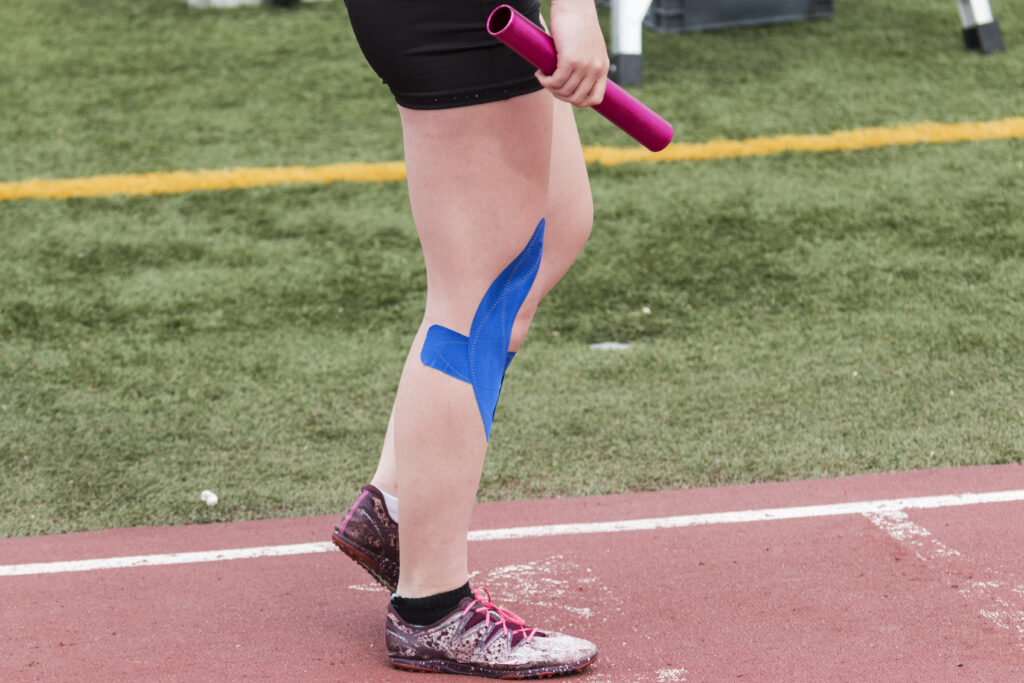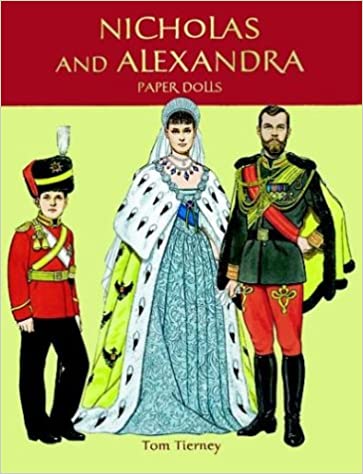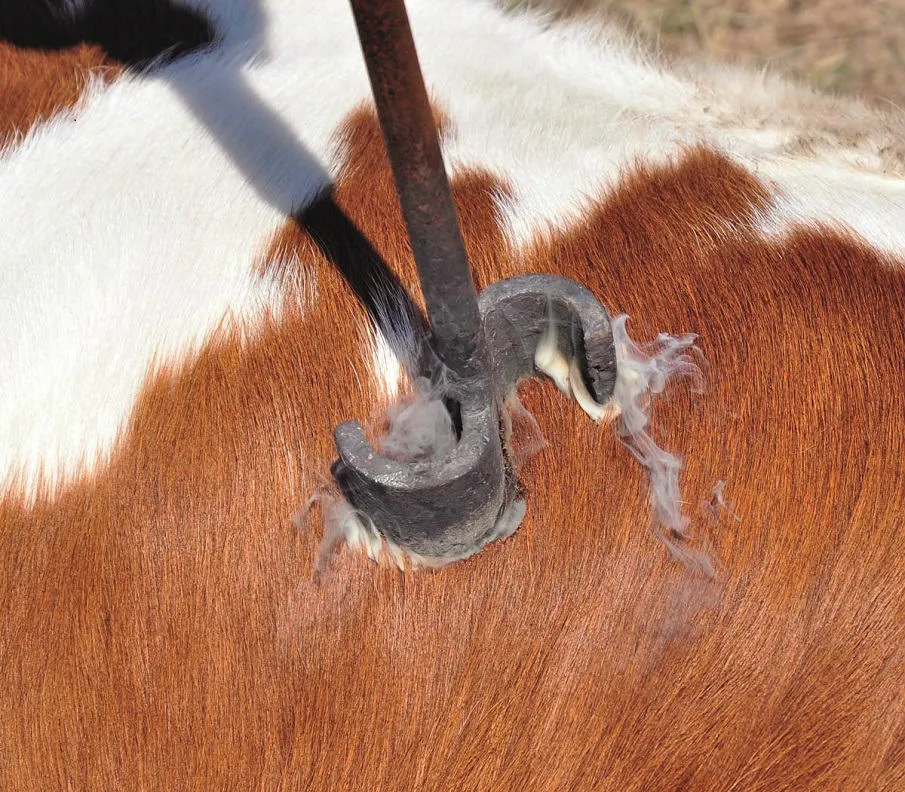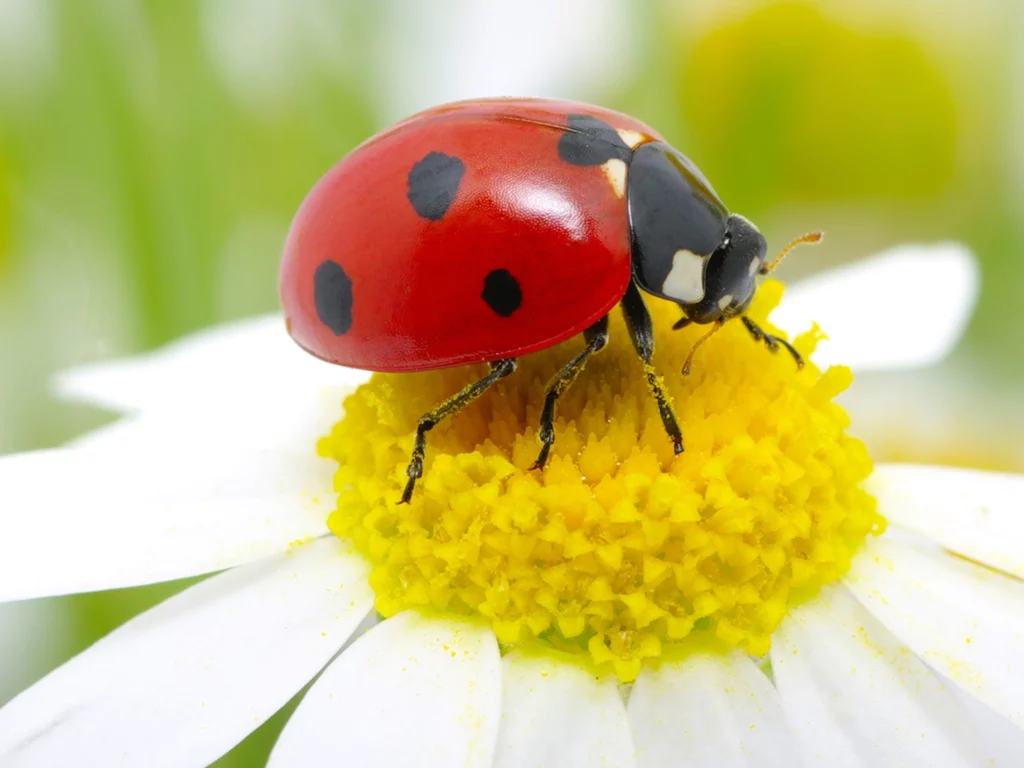5 things to know about hemophilia, factor activity, and exercise
Sponsored by Sanofi

With 2023 now under way, getting more exercise is probably on a lot of people’s minds. It’s a great time to make new plans to get moving! For people living with hemophilia, there are extra considerations to make sure you can safely participate in physical activities. Below are 5 things to know about exercising when you have hemophilia—and how factor activity levels play a role. Remember that you should always speak to your doctor before starting any new type of activity.
- Exercise is important for people living with hemophilia. Engaging in physical activity is associated with both physical and mental health benefits1—and that goes for people who have hemophilia, too. In fact, exercising can improve joint health and reduce joint bleeds.2 Hemophilia severity, factor activity, and other personal health considerations may all affect what kinds of exercises you and your doctor decide are the best fit for you.
- Factor activity levels determine hemophilia severity. Your factor activity level is how much clotting factor you have in your blood at a given time. These levels are used to help determine how severe your hemophilia is at the time of diagnosis.3 Higher factor levels in your body over time means better bleed protection. Factor activity levels and severity may affect the amount of risk that comes with certain forms of exercise.4
- Categories of hemophilia severity and how they affect lifestyle,
- Normal (non-hemophilia range)5, 6, 7, 8, 9
- Factor activity: 50% to 150%*†
- Lifestyle: normal
- Activity: High impact activity possible with no pain
- Near normal (non-hemophilia range)
- Factor activity: >40% to <50%*†
- Factor activity levels between 40-50 percent are currently undefined by World Federation of Hemophilia guidelines
Mild hemophilia6,10 - Factor activity: >5% to <40%*†
- Lifestyle: minor adjustments
- Activity: limited activity with some pain and risk of spontaneous or micro bleeds
- Factor activity: >1% to 5%*†
- Lifestyle: significant adjustments
- Activity: limited activity with some pain and risk of spontaneous or micro-bleeds
- Severe hemophilia6,10
- Factor activity: <1%*†
- Lifestyle: vulnerable
- Activity: high risk of spontaneous bleeds with low activity and pain with target joints
- Categories of hemophilia severity and how they affect lifestyle,
- Keep your hemophilia severity in mind when choosing types and levels of exercise. There are all kinds of ways to get exercise, depending on your hemophilia severity, your preferences, and your doctor’s recommendations. For example, people with moderate hemophilia may be better off with lower risk activities such as swimming, walking, or stationary biking.11 People with mild hemophilia may be able to participate in activities with more moderate risk, like weight lifting, hiking, rowing, or snorkeling.11
- There are also many ways to get exercise that aren’t the recreational activities that might immediately come to mind. Everyday activities like gardening or cooking are good ways to move your body and be productive at the same time.12 While there are many benefits to exercise and many ways to get active, no activity is completely risk free. Work with your doctor to choose the best kind of exercise for you.
- Treatment may affect factor activity and lifestyle. When your factor levels stay above 40% (in the near-normal to normal non-hemophilia range), you may be able to engage in activities longer.7,8,9 This is why many people look for treatments that improve bleed protection to allow them to spend more time doing the activities they enjoy. You may want to talk to your doctor about what your treatment is doing for your factor activity levels and how that may impact your lifestyle.
- Every person is unique. No two people living with hemophilia are identical. There are differences between hemophilia A and B, everybody’s factor activity levels are different, and everyone’s body reacts differently to exercise. Talk to your doctor to explore the options that are right for you. No matter what you decide together, it’s a great time to start the conversation.
To learn more, visit Levels Matter, a Sanofi website dedicated to helping people understand factor activity levels, how blood clots, how hemophilia is inherited, and more. The more you know, the better you will be equipped to make the right decisions for your lifestyle.
*Severity classifications may be different for women with hemophilia
†Factor levels may not reflect bleeding patterns
REFERENCES
- Centers for Disease Control and Prevention. Benefits of physical activity.
https://www.cdc.gov/physicalactivity/basics/pa-health/index.htm. - Harris S, Boggio LN. Exercise may decrease further destruction in the adult haemophilic joint.
Haemophilia. 2006;12(3):237-240. doi:10.1111/j.1365-2516.2006.01214.x - Centers for Disease Control and Prevention. What is hemophilia
https://www.cdc.gov/ncbddd/hemophilia/facts.html. - World Federation of Hemophilia. WFH guidelines for the management of hemophilia.
https://www1.wfh.org/publications/files/pdf-1863.pdf. - National Hemophilia Foundation. Hemophilia A.
https://www.hemophilia.org/bleeding-disorders-a-z/types/hemophilia-a. - Martin AP, Burke T, Asghar S, Noone D, Pedra G, O’Hara J. Understanding minimum and ideal factor levels for participation in physical activities by people with haemophilia: An expert elicitation exercise.
Haemophilia. 2020;26(4):711-717. doi:10.1111/hae.13985 - Iorio A, Iserman E, Blanchette V, et al. Target plasma factor levels for personalized treatment in haemophilia: a Delphi consensus statement. Haemophilia. 2017;23(3):e170-e179.doi:10.1111/hae.13215
- Skinner MW, Nugent D, Wilton P, et al. Achieving the unimaginable: Health equity in haemophilia. Haemophilia. 2020;26(1):17-24. doi:10.1111/hae.13862
- Weyand AC, Pipe SW. New therapies for hemophilia. Blood. 2019;133(5):389-398. doi:10.1182/blood-2018-08-872291
- Centers for Disease Control and Prevention. Diagnosis of hemophilia.
https://www.cdc.gov/ncbddd/hemophilia/diagnosis.html. - National Hemophilia Foundation. Playing it safe.
https://stepsforliving.hemophilia.org/sites/default/files/playing-it-safe.pdf#overlay-context=resources/physical-activity. - World Federation of Hemophilia. Psychosocial Care for People with Hemophilia.
https://www1.wfh.org/publication/files/pdf-1198.pdf.






